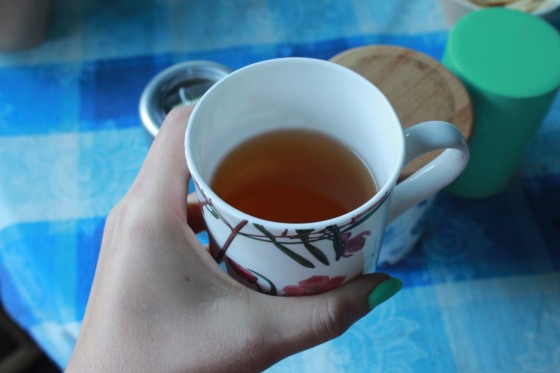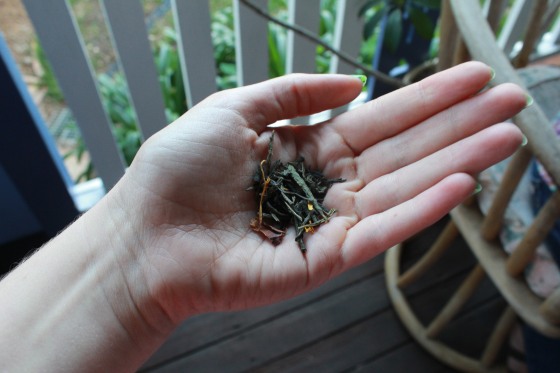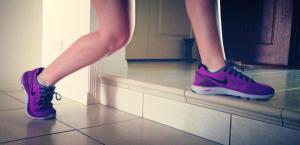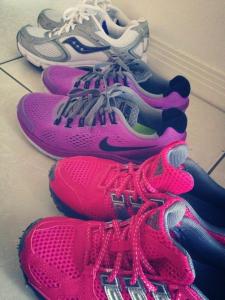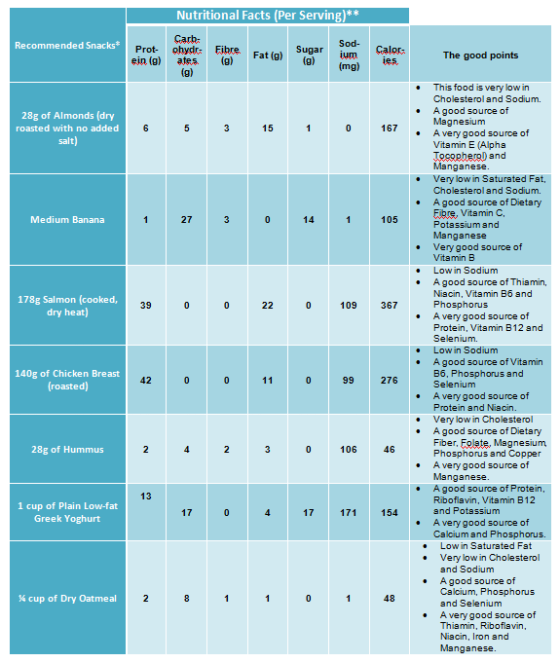I don’t know about you but all of my friends seem to have their birthday towards the end of the year. So for the last few months I’ve been spending my weekend at bars, nightclubs and parties showing how dedicated I am to my relationships (or maybe because I just like partying). But now this has come at a great cost. My assignments are piling up and I really have to start studying for my exams. To make this worse my boss has given me extra shifts because of Christmas retail madness while I’m in the middle of training for a new job in a completely different industry. That’s why this week I’m going to try Yoga classes and I’m going to drink more green tea. This week’s post is not just about being physically healthy; it’s also about being mentally healthy. So if you’re feeling stressed or if you’re feeling burnt out at this trying time of year, we have some excellent tips for you.
The health benefits of yoga:
1. It’s great for your cardiovascular system. Regular yoga improves cardiovascular fitness and also blood circulation with research showing that it can help normalise blood pressure.
2. It improves the digestive system. Yoga improves blood circulation and has a massaging effect on the muscles, which in turn speeds up digestion.
3. It has musculoskeletal benefits. Yoga allows for increased joint movement for increased mobility and flexibility. Many of the yoga poses also improve strength and endurance, and help prevent osteoporosis. Yoga is also great for improved posture.
4. It is great for the nervous system. Due to improved blood circulation, the relaxing of tense muscles and the way yoga allows one to focus on breathing, Yoga can reduce stress and also fatigue. Yoga has been found to increase concentration and energy, while also increasing feelings of calm and wellbeing (State Government of Victoria, 2013).
You can clearly see from this list of benefits that yoga is a miracle worker for the mind and body! There are many different types of Yoga so I’m going to introduce you to a few popular forms of yoga that might suit you.
* Information in table from Women’s Health Magazine, 2013 and Appenbrink, 2012.
In Brisbane yoga classes can cost upwards of $15 for a single one-hour session, but there are many excellent deals on offer. Check out this great website for all the yoga classes available in Brisbane. The great thing about this website is you can search for your closest yoga practitioner: http://www.findyoga.com.au/Classes/Brisbane/All/20
Alternatively, many gyms hold yoga classes. We at HealthyU like Goodlife’s yoga class. See their website for how to join their gym, or if you don’t want a membership you can pay for each individual yoga session too. Here’s the link: http://www.goodlifehealthclubs.com.au
But what goes really well with yoga? Green tea! I know so many people who drink it and I always hear all these good things about it. So what’s the big deal with green tea?
Here are some of our favourite green teas:
Green, Jasmine & Pear Tea by Madame Flavour –
Ellen – “This tea has a delicate pear flavour. The Jasmine flavour is also very subtle. The pear and jasmine combination is perfect and makes for a unique green tea. I love that it comes in handy yet pretty tea pods and that you can buy it from the supermarket.”
Keira – ” This is my favourite type of tea to have of an afternoon. It is refreshing and healthy and the tea bags are so dainty and cute. Simple and easy to make and a perfect end to any day in summer or winter.”
China Jasmine Green Tea by T2 –
Ellen – “This green tea is my all-time-favourite! It’s subtle jasmine blossom flavour balances out the green tea flavour nicely. It is a robust tea with a earthy, fragrant flavour. This is a very versatile tea. I drink it with dinner, have it with a sweet treat or enjoy it on it’s own. “
Keira – “T2 Loose leaf teas are great for any occasion. I love using the diffuser and tea set to serve this flavoursome tea when I have friends or family over as an after dinner drink. I am a massive fan of green tea and can honestly say that I would choose this tea over any other! ”
They say you should drink a minimum of 8 glasses of water, but did you know that means you can consume up to 8 cups of tea each day? Yeah, I didn’t know that either and I only get up to 3 cups of tea in the day! Green tea is great for you because it consists of around 99.5% water, meaning it is great for body hydration. But keep in mind that the better the water, the better the tea.
People always tell me that there are so many benefits to drinking green tea, and I hardly hear anything bad about green tea. But there are actually a lot of interesting facts about green tea that you probably didn’t know and if you already do, I can only assume that‘s why you’re drinking green tea already!
Did you know that helps with bad breath, stops dental decay AND burns stored fat by increasing metabolism? Neither, but now the last part certainly explains why they serve hot green tea in a lot of places like Asian restaurants! Green tea is also beneficial as it regulates blood sugar levels and increases the prevention of cancer, as well as lowers pressure.
If you haven’t tried green tea yet, why not give it a go? Have some hot green tea after a huge meal, or even have it beside you as you study or read a book. Don’t forget to try having some after yoga!
Reference List
Appenbrink, K. (2012). The many types of yoga. Retrieved from
http://www.foxnews.com/health/2012/09/28/yoga-decoder/
Green Tea Nutrition Facts. (n.d.) Facts about Green Tea Nutrition and Benefits. Retrieved from http://www.greenteanutritionfacts.com
State Government of Victoria. (2013). Pilates and Yoga: Health Benefits. Retrieved from http://www.betterhealth.vic.gov.au/bhcv2/bhcarticles.nsf/pages/Pilates_and_yoga_the_health_benefits?open
Women’s Health Magazine. (2013). Types of Yoga. Retrieved from
http://www.womenshealthmag.com/yoga/yin-yoga
Related articles
- Benefits of Yoga – Guest Post from Kimberly Cohen (docmatthew.com)
- Yoga (stoddsfitblog.wordpress.com)
- DIY Green Tea Face Mist (smudgedbeauty.co.za)
- Can Green Tea Help Digestion? (everydayhealth.com)
- What are the Health Benefits of Yoga? (epicahealth.com)
